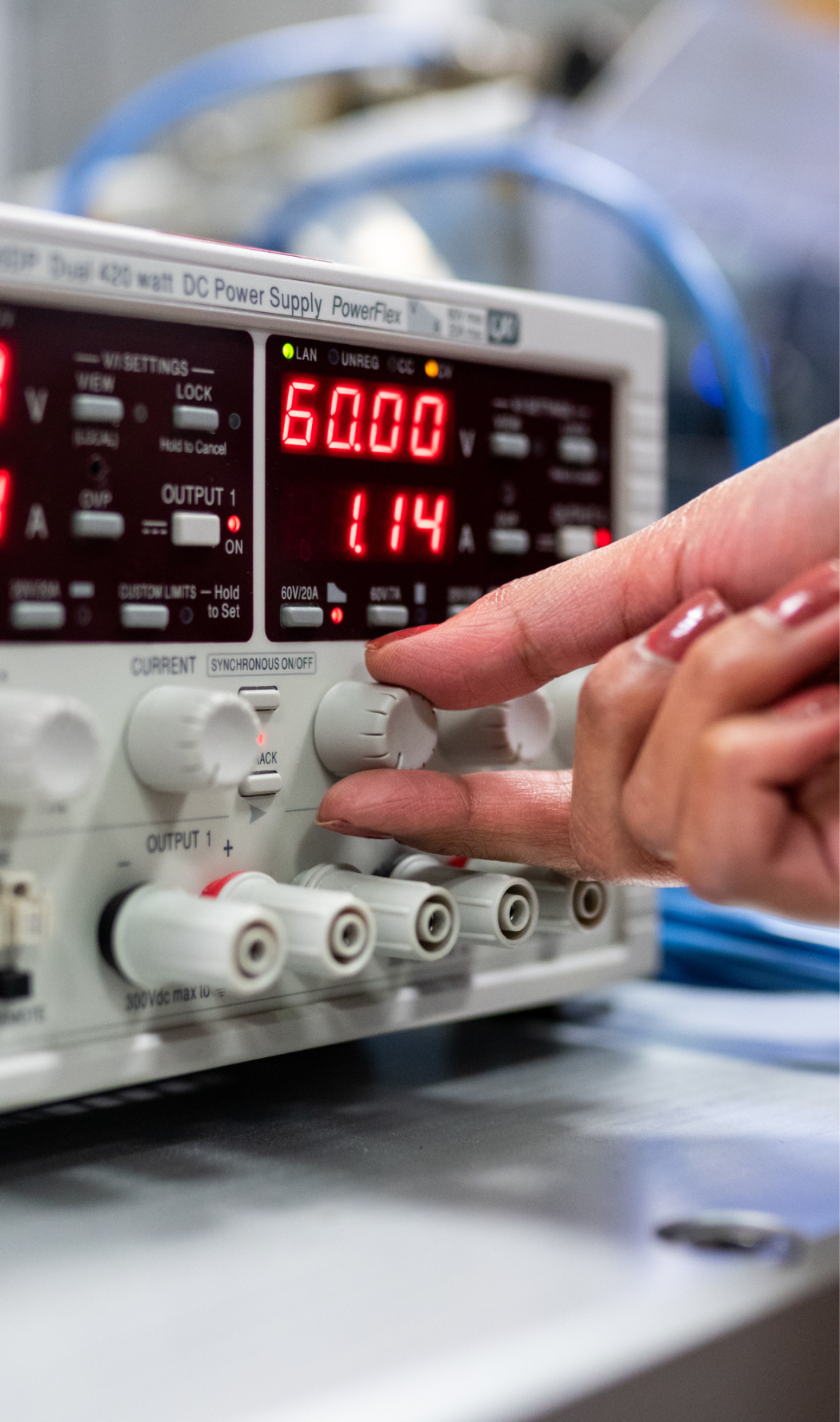
The scale of laboratory energy consumption
Laboratories are among the largest energy-consuming sectors globally. After data centers, labs are widely recognized as using more energy per square foot than any other type of facility. This is due to energy-intensive equipment, around-the-clock operations, 100% outside air requirements, and high airflow rates.
Did you know?
- Laboratories often account for over 60% of a major research university’s energy consumption.
- Ultra-low temperature freezers can use as much energy as an average household every day.
- Fume hoods can use as much energy as 3.5 homes per year when left running 24/7.
- Small water baths consume as much energy as a dishwasher every hour; large water baths use energy equivalent to a window air conditioner hourly.
- Heat blocks can use as much energy as a 50″ TV per hour.
By implementing energy-efficient practices, laboratories can significantly reduce their carbon footprint while maintaining research integrity and often reducing operational costs.
Implementing these energy-efficient approaches can dramatically reduce your laboratory’s carbon footprint while potentially saving thousands in operational costs annually.
Raising ultra-low freezer temperatures from -80°C to -70°C can reduce energy consumption by 30-40% while maintaining sample integrity for most applications.
Implementing a shutdown schedule for non-essential equipment during off-hours can reduce energy consumption by up to 10% with minimal disruption to research.
Properly managing fume hood sash heights and closing them when not in use can save thousands in annual energy costs per hood and significantly reduce lab energy consumption.
Select ENERGY STAR certified laboratory equipment whenever possible to ensure energy efficiency without compromising research capabilities.
Implementing LED lighting, motion sensors, and maximizing natural light can reduce lighting-related energy consumption by up to 75%.
Replace energy-consuming screensavers with sleep mode settings on laboratory computers to save energy during idle periods.
How AstraZeneca achieved 4.3x ROI through laboratory energy efficiency
After implementing My Green Lab® Certification across 20 R&D labs, AstraZeneca saved 1.27 million kWh annually, equivalent to 900 tonnes of CO₂ emissions and $317,548 in energy costs.
Explore our most recent articles on laboratory energy efficiency strategies, innovations, and success stories from the scientific community.
Discover how participating labs collectively reduced energy consumption equivalent to removing 22,000 metric tons of carbon dioxide from the atmosphere — a 50% increase from previous years.
Implement these energy-saving strategies now — from fume hood management to equipment sharing and green chemistry techniques that reduce both costs and environmental impact.
Explore holistic approaches to energy management, including freezer maintenance, sample organization, and HVAC optimization that improve sustainability while enhancing research quality.
Transform your lab with The My Green Lab® ACT® Ecolabel 2.0
Industry-leading ecolabel with 1,700+ certified products helps scientists identify sustainable lab products with verified environmental impact data across manufacturing and end-of-life
Achieve My Green Lab Certification for your facility
My Green Lab Certification provides a framework for laboratories to assess and improve their energy efficiency while receiving recognition for sustainability commitments
